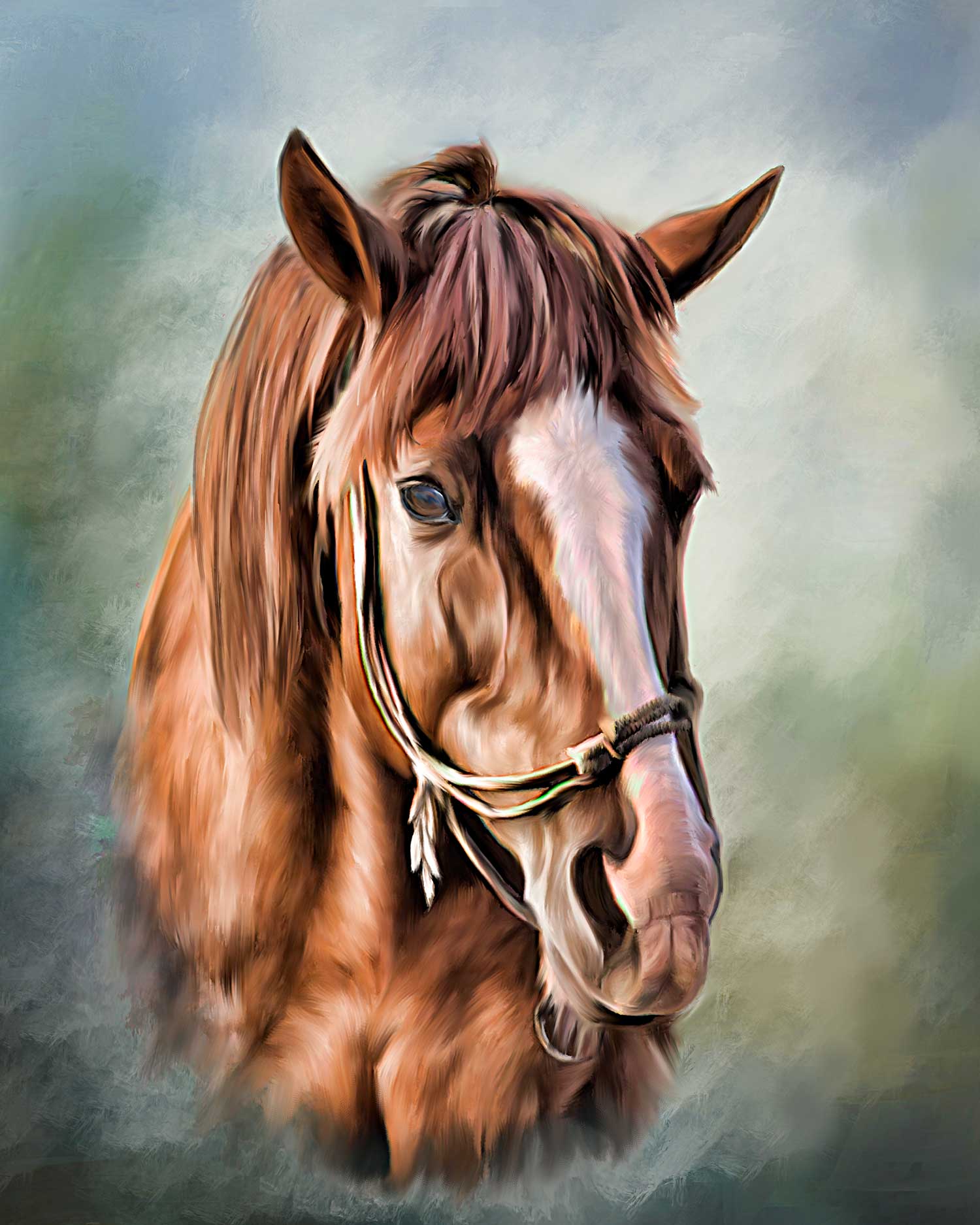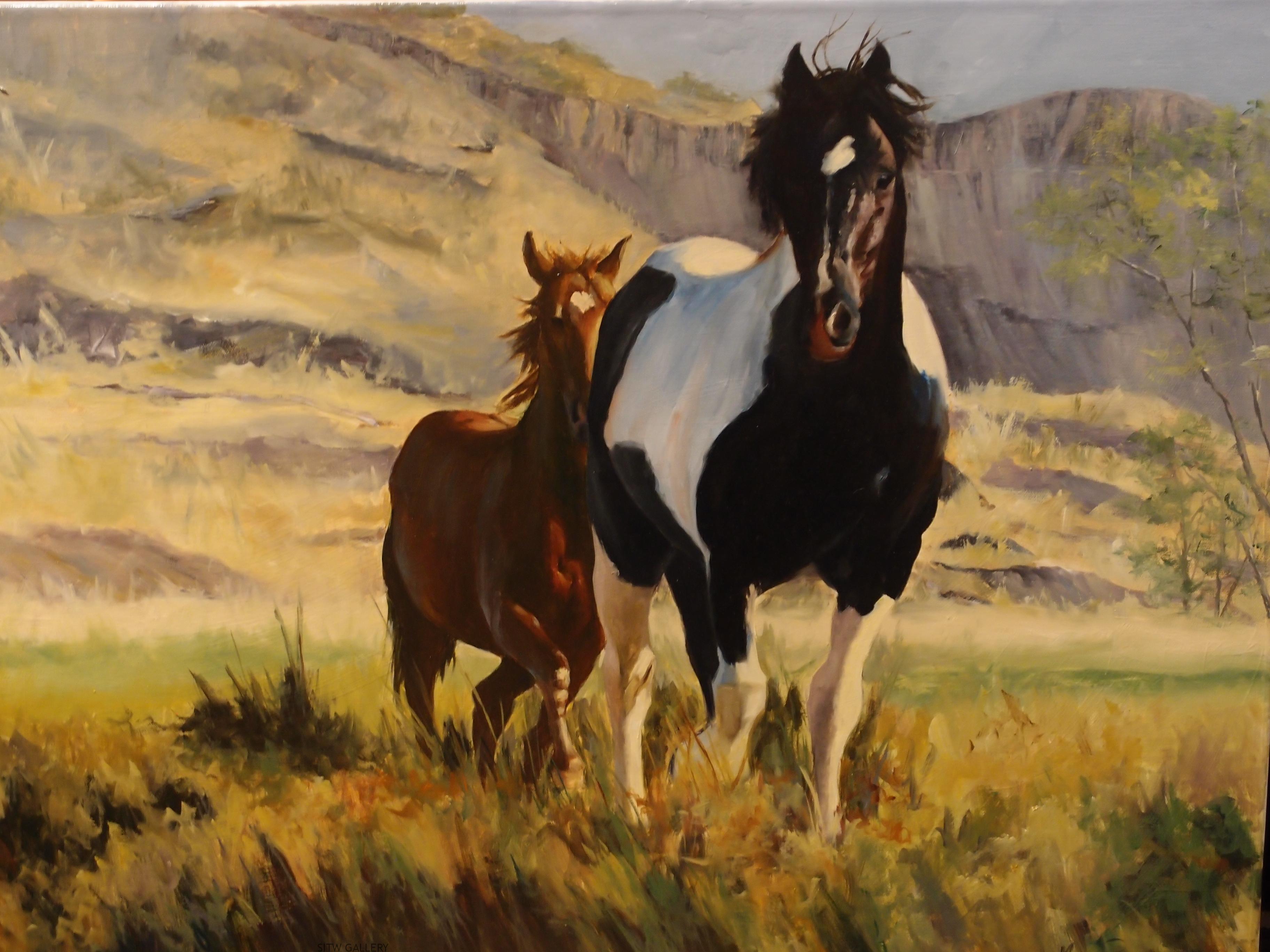Art has always been a way for humans to express their emotions, tell stories, and capture the beauty of the world around them. One subject that has captivated artists for centuries is the majestic horse. Horse artwork can be found in various forms, from paintings and sculptures to drawings and photographs. In this article, we will explore the significance of horse artwork and its various interpretations.
The Symbolism of Horses in Art

Horses have long been symbolic creatures in many cultures across the globe. They are often associated with themes of power, freedom, and nobility. In art, horses can represent strength, grace, and the untamed spirit of nature. Artists have used horses as symbols of conquest, as seen in many historical paintings depicting victorious generals on horseback. Additionally, horses have been portrayed as companions and guides, leading individuals on journeys of self-discovery.
The Evolution of Horse Artwork

Horse artwork has evolved over time, reflecting changes in artistic styles and techniques. In ancient cave paintings, horses were depicted with simple outlines, showcasing their essential features. As art progressed, horses became more detailed and realistic, with artists capturing their muscular forms, flowing manes, and expressive eyes. The Renaissance period saw a renewed interest in the anatomy of horses, leading to more accurate representations in paintings and sculptures.
In the modern era, artists have experimented with various styles and mediums to depict horses. Some artists choose to portray horses in a realistic manner, capturing their every detail with precision. Others take a more abstract approach, using bold brushstrokes and vibrant colors to convey the energy and movement of the horse. Horse photography has also gained popularity, with photographers capturing the beauty of these animals in their natural habitats.
Famous Horse Artworks

Throughout history, many famous artworks have featured horses as their central subjects. One such example is Leonardo da Vinci's "The Last Supper," where a horse is depicted in the background, symbolizing the approaching turmoil. Another iconic horse artwork is "The Horse Fair" by Rosa Bonheur, which showcases the energy and power of horses at a bustling market. Additionally, the statue of Alexander the Great's horse, Bucephalus, stands as a testament to the bond between humans and horses.
Horse Artwork in Interior Design

Horse artwork can also be incorporated into interior design to add a touch of elegance and personality to a space. Paintings or prints of horses can serve as stunning focal points in living rooms, bedrooms, or offices. Sculptures of horses can be placed on mantelpieces or shelves, bringing a sense of grace and beauty to any room. Additionally, horse-themed textiles, such as cushions or rugs, can enhance the overall theme of a space.
The Enduring Appeal of Horse Artwork

Horse artwork continues to captivate art enthusiasts and collectors around the world. The timeless beauty and symbolism associated with horses make them a popular subject for artists to explore. Whether it is a classical oil painting or a contemporary photograph, horse artwork has the power to evoke emotions and transport viewers to a world where the spirit of the horse runs free.